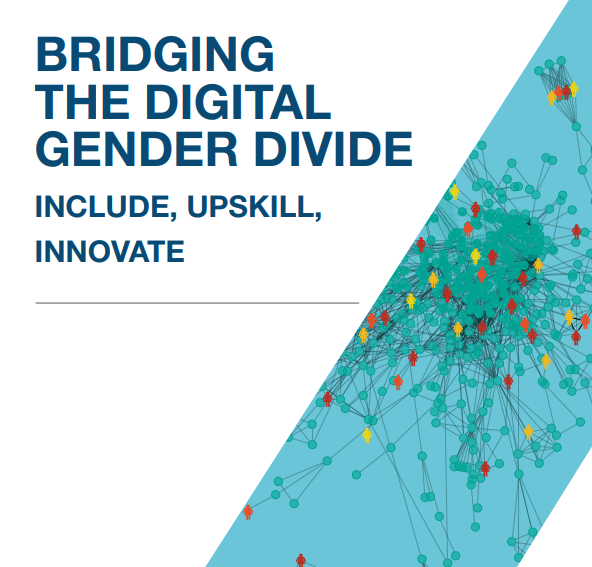>>> Read the full resource
OECD, 2018 – 151 pages
This report explores a range of factors that underpin the digital gender divide, bolsters the evidence base for policy making and provides policy directions for consideration by all G20 governments. The report finds that hurdles to access, affordability, lack of education as well as inherent biases and sociocultural norms curtail women and girls’ ability to benefit from the opportunities offered by the digital transformation. In addition, girls’ relatively lower educational enrolment in disciplines that would allow them to perform well in a digital world – such as science, technology, engineering, and mathematics, as well as information and communication technologies – coupled with women’s and girls’ more limited use of digital tools could lead to widening gaps and greater inequality. Co-ordinated policy action can help narrow the digital gender gap. This requires:
- Raising awareness and tackling gender stereotypes.
- Enabling enhanced, safer, and more affordable access to digital tools.
- Stronger cooperation across stakeholders to remove barriers to girls and women’s full participation in the digital world.
